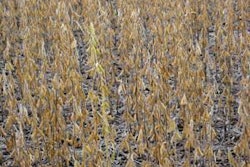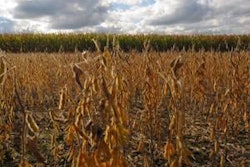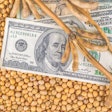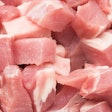The U.S. drought that began in the summer of 2012 and ruined corn and soybean crops may continue at least through the 2013 spring planting season, preventing a much-needed recovery, according to analysts.
The Palmer drought index, which tracks rain and temperatures to gauge the extent of drought conditions, fell to minus 4 in July 2012, said Bryce Anderson, an agricultural meteorologist at DTN. History shows that in the years that the index had reached that level before, it took 18 to 51 months for soil moisture to recover, he said.
As of January 5, parts of the Midwest, the largest U.S. corn- and soybean-growing region, and many parts of the South Plains and High Plains, remained at minus 4 on the Palmer index, described as extreme drought.
U.S. corn production fell 13 percent to 272.4 million metric tons in 2012–2013, the lowest since 2006–2007, according to the U.S. Department of Agriculture. The soybean harvest fell 4 percent to 80.9 million metric tons. Global corn stockpiles will fall to 117.6 million tons by October 1, or 13.6 percent of projected demand for food, ethanol and livestock feed, the lowest ratio since 1974.
Corn traded at $6.875 a bushel on the Chicago Board of Trade on January 9, losing 19 percent from a record $8.49 in August 2012 as global supply concerns eased. Soybeans, trading at $13.84 a bushel on January 9, have tumbled into a bear market, losing more than 20 percent from 2012’s closing high of $17.6825.
















